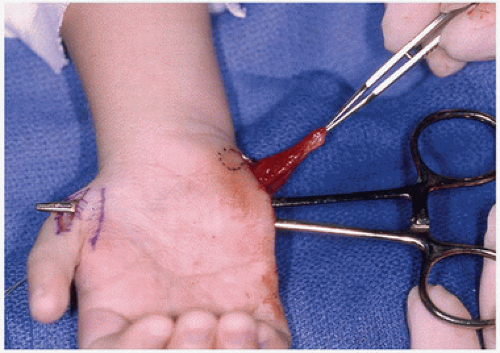At Dr. Tayyab saleem malik clinic (Cosmetic Enclave)
Opponensplasty is a surgical procedure performed to restore the function of the opponens muscle in the hand. The opponens muscle is responsible for the opposition movement of the thumb, allowing it to touch the other fingers and perform tasks that require precision and grip strength.
Opponensplasty is typically performed when the opponens muscle is weak or non-functional due to nerve injury or other underlying conditions. The procedure aims to reconstruct or restore the function of the muscle, thereby improving hand function and grip strength.
There are several techniques for opponensplasty, and the specific approach used may depend on the individual’s condition and the surgeon’s preference. Here are two common techniques:
- Tendon transfer: In this technique, a tendon from another muscle in the forearm or hand is harvested and transferred to the thumb area. The transferred tendon is then attached to the thumb bone or nearby structures to provide the necessary opposition movement.
- Muscle transfer: In some cases, a nearby muscle may be transferred to the thumb area to restore opposition. The muscle is detached from its original attachment and repositioned to provide opposition to the thumb.
During the surgery, the surgeon carefully selects the appropriate technique based on the individual’s specific needs and the available donor muscles or tendons. The procedure is typically performed under general or regional anesthesia, and the surgeon makes incisions in the hand or forearm to access the muscles and tendons involved.
After the procedure, the incisions are closed with sutures, and a dressing or splint may be applied to support the hand during the initial healing phase. Rehabilitation and physical therapy are essential components of the recovery process. These may include exercises to gradually strengthen the thumb and hand, improve range of motion, and retrain the muscles to perform opposition movements.
Recovery time can vary depending on the individual and the extent of the surgery. It is important to follow post-operative instructions provided by the surgeon, including restrictions on activities and a rehabilitation program tailored to the individual’s needs.
Opponensplasty can significantly improve hand function and the ability to perform daily activities that require thumb opposition. However, as with any surgical procedure, there are risks involved, including infection, bleeding, nerve damage, or limited improvement in hand function.
If you are experiencing difficulties with thumb opposition due to muscle weakness or injury, it is important to consult with a healthcare professional specializing in hand and upper extremity conditions. They can evaluate your condition, discuss the appropriate treatment options, and determine if opponensplasty is suitable for your specific case.

